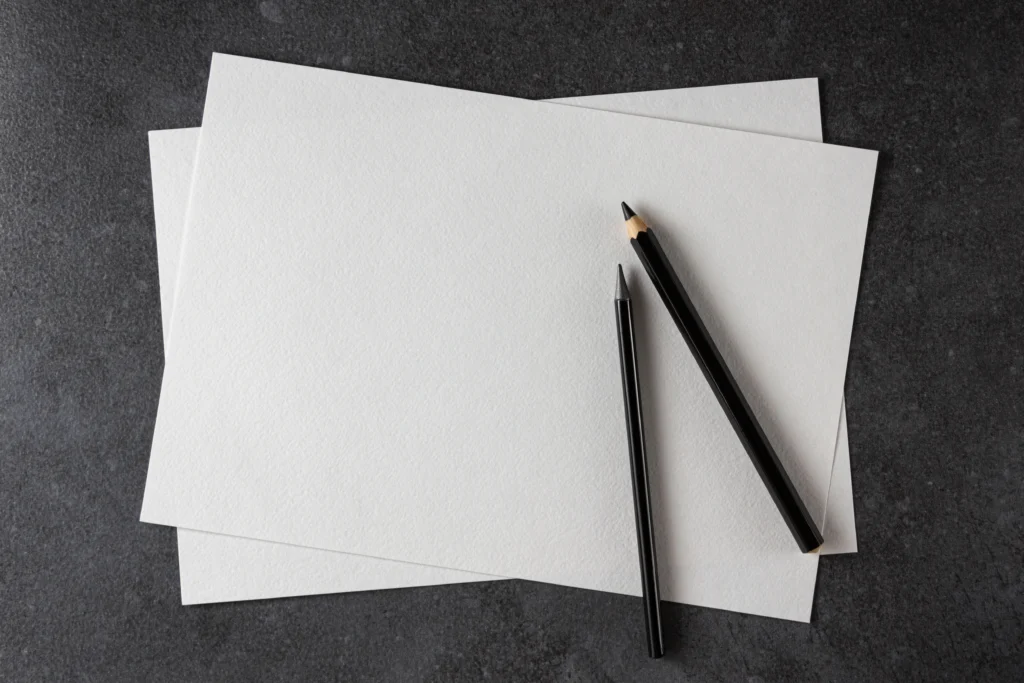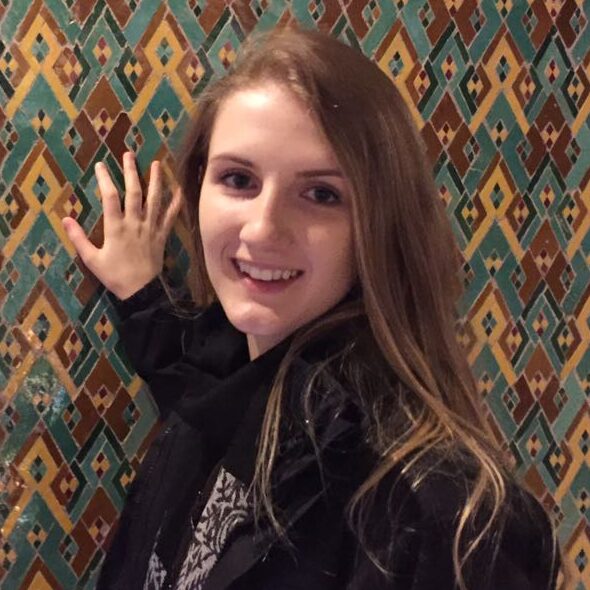Where to Start in Drawing?
Drawing is an incredible form of expression, allowing you to translate ideas, feelings, and observations into images. For beginners, it can be difficult to know where to start, as the market is full of various materials and supplies. However, the good news is that you don’t need expensive or sophisticated items to begin. What really matters is choosing the right materials that will help you create your first artworks.
In this article, we will discuss the basic drawing supplies you need and how to choose the materials that truly matter. We will cover the main items you should have on hand, such as paper, pencils, erasers, and other simple tools, along with how each one contributes to your drawing process. If you’re starting your artistic journey, this is the perfect guide to take your first step!
1. Paper: The Foundation of Your Drawing
Paper is the starting point for any drawing. There are different types of paper available, and choosing the right one can influence the quality of your work. For beginners, it’s important to understand paper characteristics like texture and weight to choose the best option for your drawings.
Types of Paper for Drawing
- Drawing Paper: This type of paper has a slight texture, ideal for pencils, charcoal, and pens. The weight (gsm) should be high (ideally over 180g/m²) to withstand dry techniques and not tear easily.
- Sulfite Paper: If you’re just starting out and don’t want to spend too much, sulfite paper is an affordable option. However, it’s not the best for detailed drawings, as it tends to wrinkle easily and can’t handle techniques like charcoal well.
- Charcoal or Pastel Paper: If you plan to work with charcoal or pastel, thicker, rough-textured papers are ideal. These papers hold the particles better and provide more control during shading.
- Watercolor Paper: If you’re starting to explore watercolor or mixed media, watercolor paper is absorbent and helps create softer effects.
Important Tip: Start with basic drawing paper or sulfite paper. As your skills improve, you can experiment with more specialized papers.

2. Pencils: The Essential Tool
Pencils are the most important item for any beginner. They are versatile and can be used for sketching, shading, and detailing. Knowing how to choose the right type of pencil is crucial.
Types of Pencils
- H Pencils: These are harder pencils, ideal for fine, precise lines. The higher the number (H2, H4), the harder the pencil and the lighter the mark.
- B Pencils: These are softer pencils, great for shading and creating darker lines. The higher the number (B2, B6), the softer the pencil, producing darker and more expressive strokes.
- HB Pencils: The HB pencil is the most common and balanced, perfect for beginners. It provides a good balance between light lines and light shading.
Important Tip: For beginners, invest in a set of HB, 2B, and 4B pencils. These three types will cover the basics for sketching and shading.
3. Eraser: For Correction and Refinement
A good eraser is essential, not only for correcting mistakes but also for refining your drawing, making it cleaner and more precise.
Types of Erasers
- Standard Eraser: The most common type, used for erasing pencil marks. It is efficient and doesn’t damage the paper easily.
- Kneaded Eraser: Ideal for more detailed drawings, as it can be shaped into any form and is excellent for erasing small areas or creating highlights in shadows.
- Precision Eraser: If you need a fine eraser to erase small, specific areas, this is the perfect choice.
Important Tip: A kneaded eraser is an excellent choice for beginners because it allows for precise erasing and creating highlights in dark areas.
4. Pens and Markers: For Defining and Finalizing the Drawing
If you want to add depth and contrast to your drawing, pens and markers are essential. They are great for giving your work clear outlines and definition.
Types of Pens and Markers
- Black Ink Pen: Ideal for creating sharp outlines and adding details. Micron pens or gelly roll pens are very popular among beginners and artists.
- Colored Markers: To add color to your drawings, high-quality markers are a great option. They are great for working in large areas and creating vibrant effects.
Important Tip: To start, choose fine black ink pens and colored markers. They are versatile and will allow you to explore different drawing techniques.
5. Sharpener and Scissors: Basic Care for Your Materials
Although simple, a sharpener and scissors are essential for keeping your materials organized and well-maintained.
- Sharpener: Having a good sharpener is important to keep your pencils sharp, which gives you more control and precision in your drawings.
- Scissors: If you plan to cut paper or work with mixed media techniques, a good pair of scissors will be necessary.
Important Tip: Invest in a quality sharpener to ensure your pencils stay sharp and ready for detailed work.
6. Clipboard or Drawing Surface
Having a stable surface to draw on is essential. A clipboard helps keep your paper firm and makes it easier to draw in any position, whether on a desk or your lap.
Important Tip: If you don’t have a clipboard, a flat, stable surface like a desk or even a stiff folder works well for drawing.
7. Additional Materials and Extras
As your skills grow, you might want to explore some additional materials to enhance your drawing techniques.
Shading:
- Charcoal: For more expressive and dark shading, charcoal is an excellent option.
- Blending Brushes: Used to create soft, blended shading, very helpful in detailed drawings.
Different Papers:
In addition to basic paper, you may want to try textured papers or watercolor paper as you advance.
Important Tip: Start with the basics, and as you become more comfortable, experiment with new materials and techniques to expand your art.
Conclusion: The Journey Begins with the Right Supplies
Now that you know the basic drawing supplies you need, the next step is to start exploring your creativity. With the right paper, pencils, erasers, and pens, you have a solid foundation to begin creating. The most important thing is to practice, experiment, and have fun along the way.
Drawing is a journey, and with the right materials, you’re on your way to creating amazing art and exploring your own creative expression. Don’t forget: practice makes perfect, and the most important thing is to get started.


1 comentário em “Basic Drawing Supplies: The Complete Guide for Beginners”